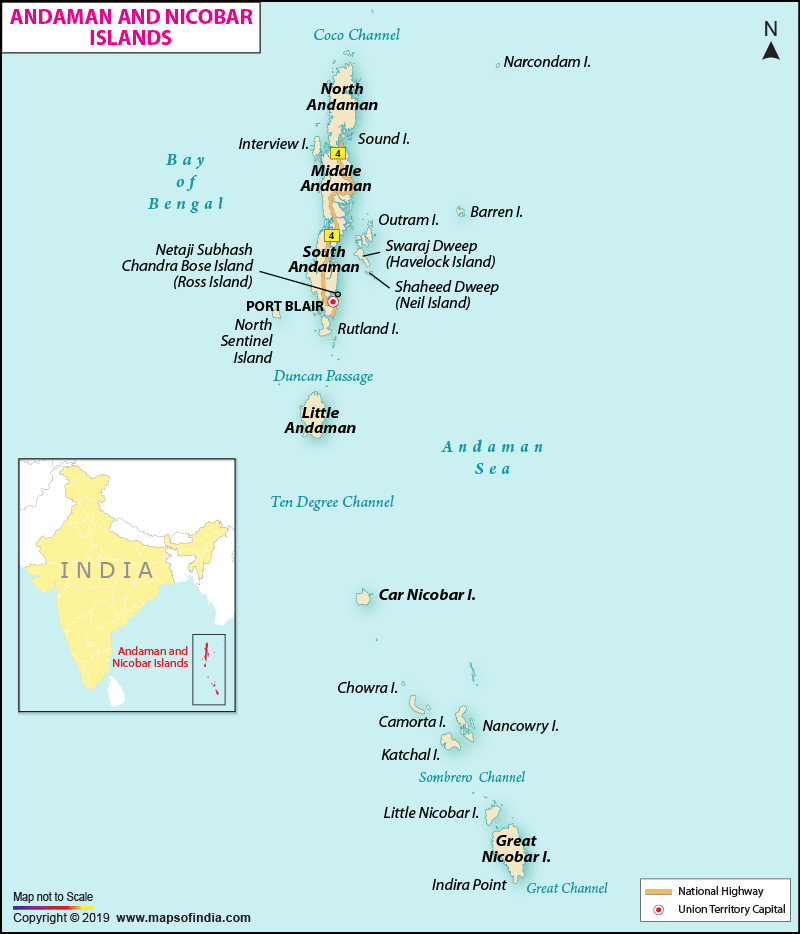7667766266
enquiry@shankarias.in
Plasmodium Vivax Malaria
G6PD deficiency
India @ 75 Summit
Discovery of Exoplanet using Radio waves
Radio waves
Hydrogen Evolution Reaction
Co2 from Geothermal Springs
IC-IMPACTS
Undersea Optical Fiber Cable

Source: PIB, the Hindu, Indian Express